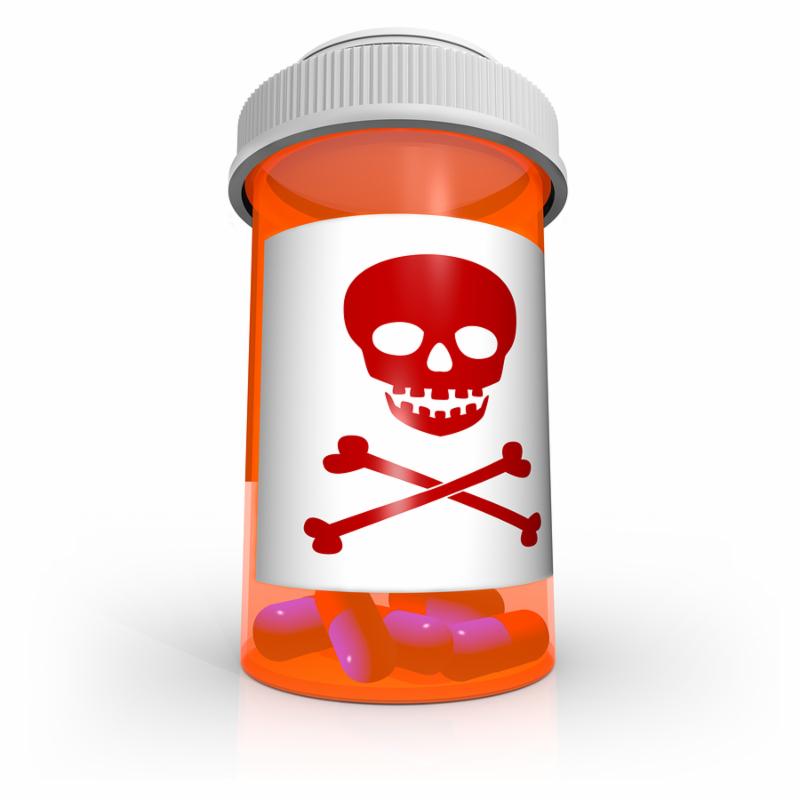- Home
- Medical news & Guidelines
- Anesthesiology
- Cardiology and CTVS
- Critical Care
- Dentistry
- Dermatology
- Diabetes and Endocrinology
- ENT
- Gastroenterology
- Medicine
- Nephrology
- Neurology
- Obstretics-Gynaecology
- Oncology
- Ophthalmology
- Orthopaedics
- Pediatrics-Neonatology
- Psychiatry
- Pulmonology
- Radiology
- Surgery
- Urology
- Laboratory Medicine
- Diet
- Nursing
- Paramedical
- Physiotherapy
- Health news
- Fact Check
- Bone Health Fact Check
- Brain Health Fact Check
- Cancer Related Fact Check
- Child Care Fact Check
- Dental and oral health fact check
- Diabetes and metabolic health fact check
- Diet and Nutrition Fact Check
- Eye and ENT Care Fact Check
- Fitness fact check
- Gut health fact check
- Heart health fact check
- Kidney health fact check
- Medical education fact check
- Men's health fact check
- Respiratory fact check
- Skin and hair care fact check
- Vaccine and Immunization fact check
- Women's health fact check
- AYUSH
- State News
- Andaman and Nicobar Islands
- Andhra Pradesh
- Arunachal Pradesh
- Assam
- Bihar
- Chandigarh
- Chattisgarh
- Dadra and Nagar Haveli
- Daman and Diu
- Delhi
- Goa
- Gujarat
- Haryana
- Himachal Pradesh
- Jammu & Kashmir
- Jharkhand
- Karnataka
- Kerala
- Ladakh
- Lakshadweep
- Madhya Pradesh
- Maharashtra
- Manipur
- Meghalaya
- Mizoram
- Nagaland
- Odisha
- Puducherry
- Punjab
- Rajasthan
- Sikkim
- Tamil Nadu
- Telangana
- Tripura
- Uttar Pradesh
- Uttrakhand
- West Bengal
- Medical Education
- Industry
Medication poisoning getting common and serious in rural areas

Children younger than five who live in poor, rural areas are at a greater risk of serious medication poisoning, warns a new study.
The analysis gives insight into potential geographic targets for poison prevention outreach.
"Understanding where there are geographic clusters of kids being exposed to medications that could hurt them gives us the opportunity to effectively intervene," said senior author Anthony Fabio, assistant professor of epidemiology at University of Pittsburgh in the US.
"It also could help emergency clinicians to ask the right questions and perhaps zero in on a medication exposure when a child comes in with unexplained symptoms," said Fabio.
The researchers analysed 26,685 Pittsburgh Poison Centre records of pharmaceutical drug exposures - typically defined as ingesting a medication - in children under five years old from 2006 through 2010.
They mapped the exposures based on whether there was simply a call to the centre and advice given for treatment at home, if necessary, or if the centre staff felt the exposure warranted medical evaluation and referred the child to a nearby health care facility.
By mapping the exposures in this way, the researchers revealed distinct "exposure" and "referral" locations, or geographic clusters, throughout western and central Pennsylvania.
The researchers found that in rural areas characterised by high unemployment, the likelihood of a child under five being referred to a health care facility for a medication exposure is 3.2 times greater than elsewhere.
"We believe it could be related to fewer resources for child supervision - whether at home or at daycare centres in the community - increasing the likelihood of a small child finding and swallowing medication," Fabio said.
The analysis gives insight into potential geographic targets for poison prevention outreach.
"Understanding where there are geographic clusters of kids being exposed to medications that could hurt them gives us the opportunity to effectively intervene," said senior author Anthony Fabio, assistant professor of epidemiology at University of Pittsburgh in the US.
"It also could help emergency clinicians to ask the right questions and perhaps zero in on a medication exposure when a child comes in with unexplained symptoms," said Fabio.
The researchers analysed 26,685 Pittsburgh Poison Centre records of pharmaceutical drug exposures - typically defined as ingesting a medication - in children under five years old from 2006 through 2010.
They mapped the exposures based on whether there was simply a call to the centre and advice given for treatment at home, if necessary, or if the centre staff felt the exposure warranted medical evaluation and referred the child to a nearby health care facility.
By mapping the exposures in this way, the researchers revealed distinct "exposure" and "referral" locations, or geographic clusters, throughout western and central Pennsylvania.
The researchers found that in rural areas characterised by high unemployment, the likelihood of a child under five being referred to a health care facility for a medication exposure is 3.2 times greater than elsewhere.
"We believe it could be related to fewer resources for child supervision - whether at home or at daycare centres in the community - increasing the likelihood of a small child finding and swallowing medication," Fabio said.
Next Story


